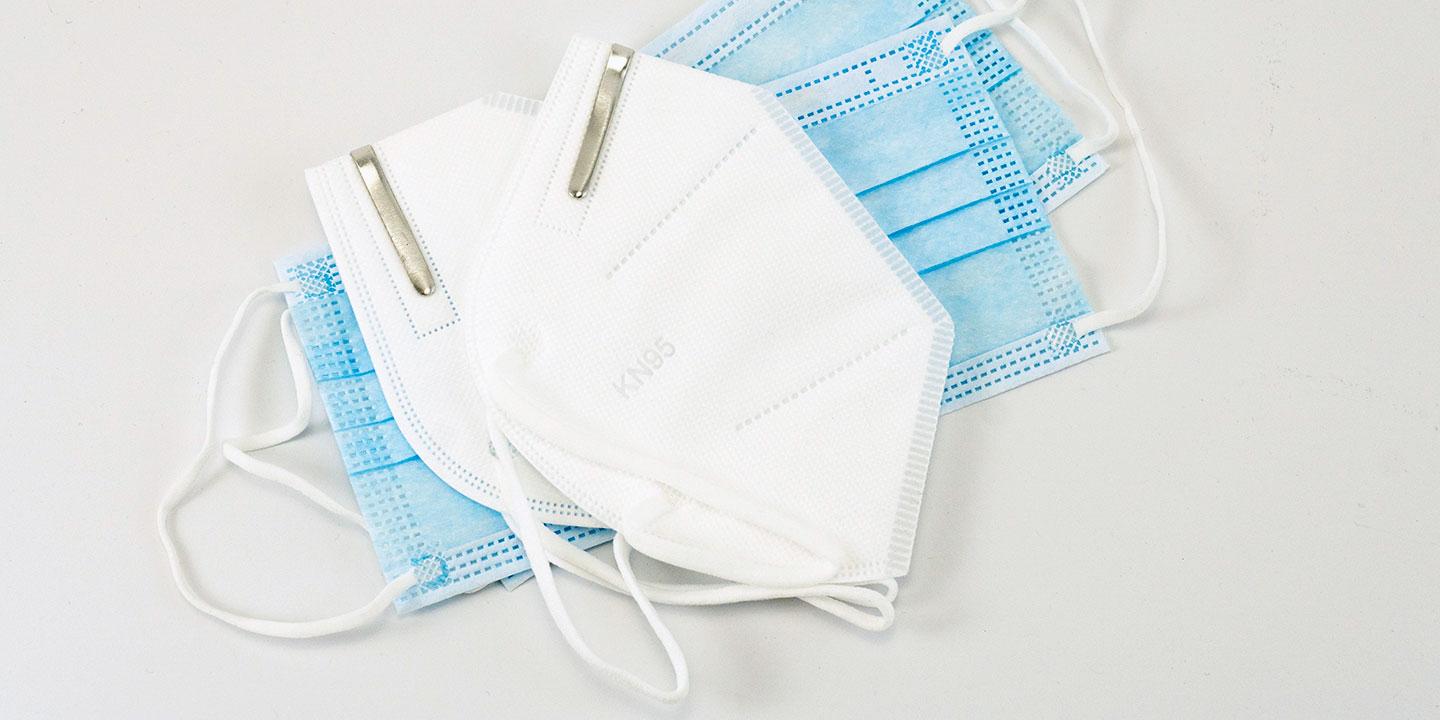Investigation of healthcare-associated outbreaks of SARS-CoV-2

The Covid-19 pandemic hit the world, its healthcare systems, and the infection prevention and control (IPC) community by surprise, leading to numerous nosocomial outbreaks with high morbidity and mortality. It brought along new challenges in the management of transmission of nosocomial respiratory infections.
Background
At the beginning of the pandemic, it was widely thought that healthcare workers (HCWs) were victims of nosocomial Covid-19 and that the source of their infections was the patients hospitalized with Covid-19 for whom they provided care. Transmission of SARS-CoV-2 was thought to be unidirectional, and transmission events between HCWs among themselves as well as to patients were considered negligible. This misunderstanding of transmission dynamics led to numerous nosocomial outbreaks.
Aim
Our aim was to reconstruct nosocomial outbreaks that occurred in 3 hospital sites in the Geneva University Hospitals (HUG) during the first pandemic wave in spring 2020, combining epidemiological with genetic data, in order to understand transmission dynamics and improve IPC practices; establishing viral transmission pathways of the outbreaks and reconstructing transmission trees; identifying the directionality of transmission (i.e. HCW to HCW, HCW to patient, patient to HCW, community to HCW); and determining risk factors for nosocomial SARS-CoV-2 infection.
Results
We analyzed nosocomial outbreaks of SARS-CoV-2 in 3 hospital sites in the Department of Rehabilitation and Geriatrics of HUG, involving both patients and HCWs. Due to the dense nature of these outbreaks, there was limited genetic variability in the SARS-CoV-2 strains, which had not enough time to accumulate mutations between transmission events, leading to uncertainty in individual transmission (i.e. person-to-person) events. Despite this challenge, we were able to make certain inferences by applying sophisticated modelling techniques. We have shown that in these “Covid-free” hospital zones, SARS-CoV-2 was almost exclusively imported by HCWs. We have also shown that even in a single ward there may be concurrently circulating strains, linked to multiple importation events.
The particular transmission dynamics varied according to the context. In a small rehabilitation clinic where no acute admissions occur, we showed that there was a significantly greater fraction of infections attributable to HCWs (71%) than expected, given the number of HCW cases (47%). HCWs were thus the main drivers of nosocomial SARS-CoV-2 cross-infection to other HCWs, and especially patients, for whom approximately 80% of infection events were attributable to HCWs.
In another rehabilitation hospital, we showed that in a single ward there were 4 separate importation events, all by HCWs, with subsequent transmission to other HCWs as well as patients. When analyzing seroprevalence data of a cohort of HCWs, we found that both communities as well as work-related exposure were important predictors of SARS-CoV-2 seropositivity.
Furthermore, we analyzed the risk of nosocomial infection in patients, and found that frailty (indicated by a Clinical Frailty Scale >5) was associated with seven-fold higher odds of nosocomial infection. This can stem from biological phenomena whereby there is increased susceptibility to acquiring an infection (e.g. due to immunosenescence), or from differences in contact patterns because frail patients require more assistance for daily activities.
Specific contribution to tackle the current pandemic
Our research has added to the growing body of evidence that there is a complex interplay between HCWs and patients in transmission of SARS-CoV-2 in healthcare settings. Our results have provided meaningful insights into the transmission dynamics in these nosocomial outbreaks, and have, along with other studies, contributed to adapting local, national, and international recommendations for prevention and control of nosocomial outbreaks of SARS-CoV-2.
Original title
Combined epidemiological and molecular investigation of 3 nosocomial outbreaks of SARS-CoV-2 cross-infection
